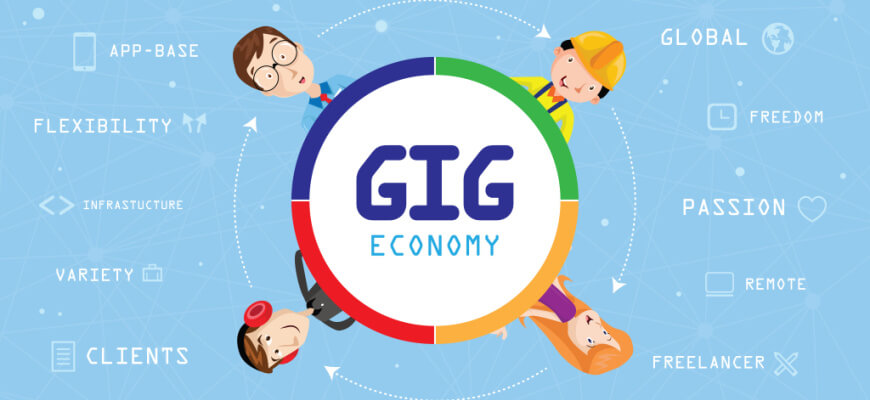The IRS defines the gig economy as activity where people earn income providing on-demand work, services, or goods, often through apps or websites. This type of work includes temporary, contract, and freelance jobs, ranging from driving for Uber or Lyft and delivering for Instacart to freelancing in writing, tutoring, or design. A 2022 Upwork survey found that 60 million Americans freelanced within the previous 12 months, highlighting the scale of this labor market.
Gig work, often referred to as side hustles, can be short-term or long-term sources of income. Workers may be paid per task or hourly, but they are typically classified as independent contractors rather than employees. This means they do not receive benefits such as health insurance, retirement plans, or paid leave. While the gig economy offers flexibility, it also creates challenges like irregular income, higher responsibility for taxes, and lack of job security.
The gig economy expanded during the COVID-19 pandemic as remote work and online services became more common. By 2023, about 64 million Americans, or 38% of the U.S. workforce, were engaged in freelance or gig work, contributing an estimated $1.27 trillion to the economy. Employers benefit from lower costs and access to a wider labor pool, while workers gain flexible schedules and the ability to pursue multiple income streams. However, this arrangement also limits career development and long-term stability.
Gig workers face specific risks, including financial insecurity, burnout, and exposure to scams. Common expenses like gas, insurance, and equipment often fall on workers themselves. Without employer tax withholding, gig workers must plan for self-employment taxes and keep detailed records. The nature of gig work can also disrupt work-life balance, increase stress, and lead to health challenges. Research shows gig workers report lower mental health and life satisfaction compared to traditional employees.
Despite these challenges, the gig economy remains an important part of the modern workforce. For many, it offers autonomy and the chance to diversify income, though it also requires careful planning for taxes, benefits, and long-term financial stability. Both workers and employers must weigh the flexibility it provides against the potential costs and risks it carries.














